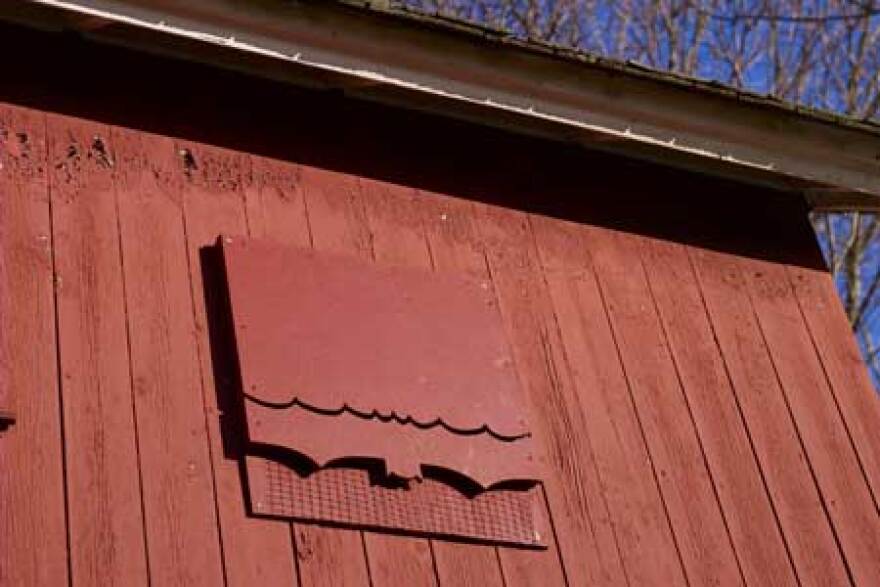Things are not looking good for Michigan’s bats.
As Michigan Radio's Rebecca Williams reported earlier this week, bats infected with the deadly white-nose syndrome have been found in Michigan.
The disease, which has killed more than six million bats in North America since 2006, wakes up bats during hibernation once a week – twice the normal amount of hibernation disturbance.
According to Allen Kurta, a biology professor at Eastern Michigan University, when the fungus keeps the bats waking up, they use up their stored fat too quickly:
"You're looking at potential extinction of multiple species of bats."
“So, by arousing much more frequently, they’re using up their fat much more frequently; they are then running out of that fat come February and March, and essentially they will die of starvation because there are no flying insects out there to give them food.”
And in short, the spread of the disease is threatening the livelihood of the state's bats.
“I think that this is one of the worst wildlife calamities ever in the history of North America,” said Kurta. “You’re looking at potential extinction of multiple species of bats.”
Luckily, there are a few things we can do to help out the little guys.
Kurta recommends refraining from heading into some of Michigan’s many caves. Without proper equipment, humans can unwittingly bring the fungus into underground sites – and that can be dangerous for bats.
“If people do go in, such as myself, a researcher, there are procedures we have to follow in order to kill the fungus if it happens to be present on anything we take into a mine.”
If you’re thinking about gardening, consider planting native, night-blooming plants. These plants attract nighttime insects like moths, which provide food for the little brown bats. Here’s a list of native night-bloomers provided by WhiteNoseSyndrome.org:
- Evening primrose
- Phlox
- Night flowering/Silene catchfly
- Fleabane
- Goldenrod
While you’re doing some backyard TLC, consider creating a bat house.
One, because they can look this awesome:

And two, because they attract bats for nesting.
Here are directions to build your own.
And if you want to give directly to help stop the disease, you can donate to the Organization for Bat Conservation. From their site:
The Organization for Bat Conservation's WNS Research Fund grants 100% of monies donated to the fund directly to researchers. Acting as an intermediary, OBC is able to direct donations to researchers who are unable to accept funds from the public.
Follow this link for more information about donating.
– Melanie Kruvelis, Michigan Radio Newsroom




